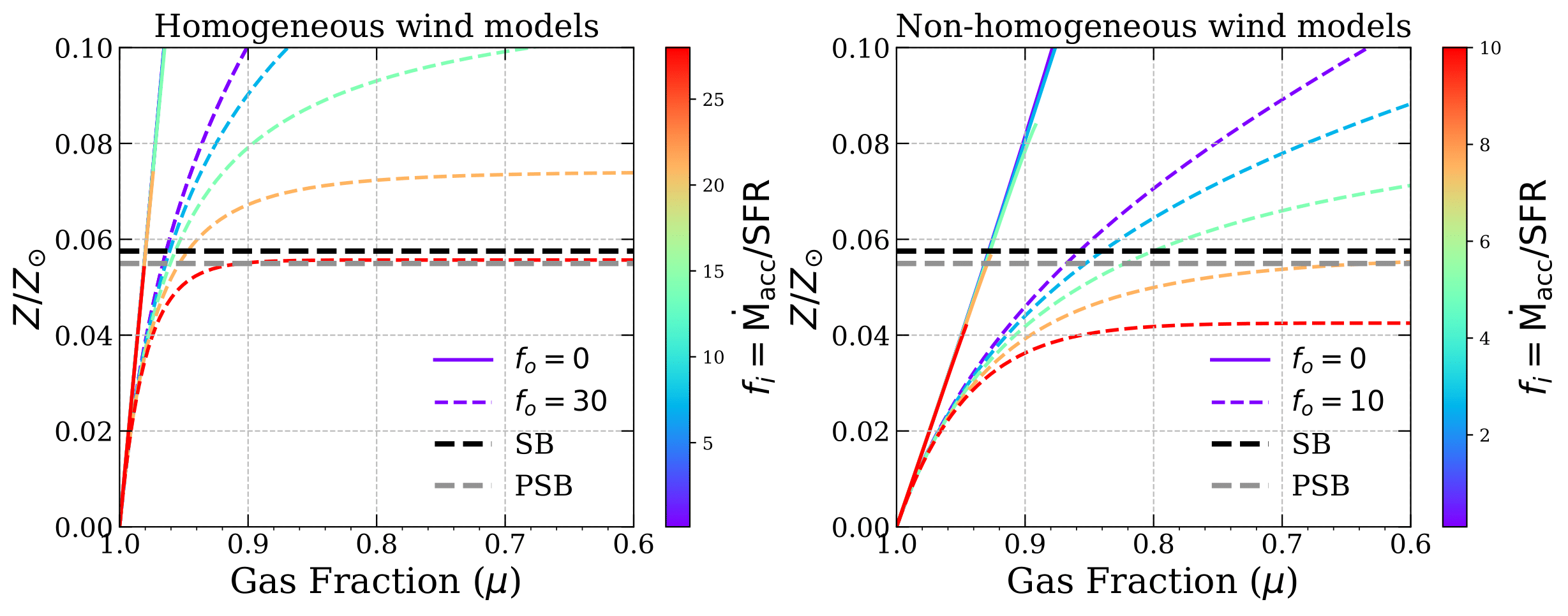Using KCWI to Explore the Chemical Inhomogeneities and Evolution of an Extreme-Emission-Line Dwarf Galaxy [arXiv link]
J1044+0353 is considered a local analog of the young galaxies that ionized the intergalactic medium at high-redshift due to its low mass, low metallicity, high specific star formation rate, and strong high-ionization emission lines. We use integral field spectroscopy to trace the propagation of the starburst across this small galaxy using Balmer emission- and absorption-line equivalent widths and find a post-starburst population (~15-20 Myr) roughly one kpc east of the much younger, compact starburst (~3-4 Myr). Using the direct electron temperature method to map the O/H abundance ratio, we find similar metallicity (1 to 3 sigma) between the starburst and post-starburst regions but with a significant dispersion of about 0.3 dex within the latter. We also map the Doppler shift and width of the strong emission lines. Over scales several times the size of the galaxy, we discover a velocity gradient parallel to the galaxy’s minor axis. The steepest gradients (~ 30 km/s/kpc) appear to emanate from the oldest stellar association. We identify the velocity gradient as an outflow viewed edge-on based on the increased line width and skew in a biconical region. We discuss how this outflow and the gas inflow necessary to trigger the starburst affect the chemical evolution of J1044+0353. We conclude that the stellar associations driving the galactic outflow are spatially offset from the youngest association, and a chemical evolution model with a metal-enriched wind requires a more realistic inflow rate than a homogeneous chemical evolution model.

Figure 10 in Peng et al. 2023. Analytical evolution of metallicity with gas fraction from Erb et al. (2008) compared to the observed values of the starburst (SB) and the post-starburst (PSB) regions.